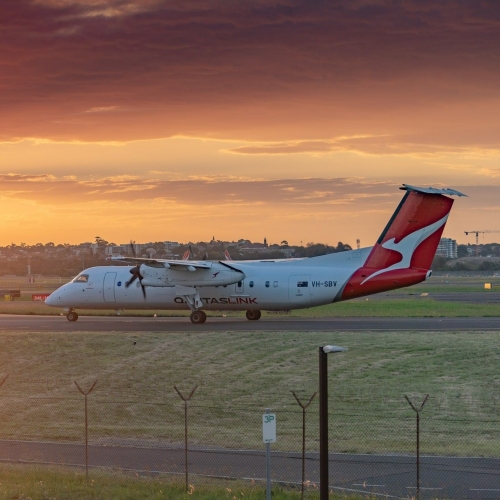
Airports around the world invest in the master planning process, whether as a regulatory requirement or a deliberate approach to planning for the future development of the asset in line with strategic objectives. We work with airports around Australia and the Asia Pacific to develop Master Plans that define an airport’s aeronautical strategy and then articulates the provision and protection of the infrastructure which can deliver upon it.
In Australia, all leased federal airports (except for Tennant Creek and Mount Isa) are subject to the planning framework outlined in the Airports Act 1996, which requires airports to prepare an Airport Master Plan. For these airports, the Master Plan is a 20-year strategic planning document which is reviewed and renewed on a regular basis.
Although a Master Plan is a regulatory requirement for all leased federal airports, a majority of Australia’s regional aerodromes choose to develop a Master Plan or similar airport planning documents to aid in the growth and development of the airport and associated business.
In our 15+ years of operations we have watched master plans evolve from a text-heavy boiler-plate document to an informative and interactive strategic articulation of the airport owner’s objectives and how they are intended to be achieved.
Unfortunately, quite often, Master Plans are shelved along with other planning documents and dusted off when it is time for the five-yearly review and renewal. That shouldn’t be the case.
We see Master Plans as a key piece of airport planning – when done right.
A successful Master Plan is one that will support day-to-day aerodrome operations. It should provide guidance around how an aerodrome’s assets and business can be developed, optimised, and safeguarded.
An Airport Master Plan not only looks at future land uses, permitted development, environmental impacts, ultimate capacity and airport infrastructure, but it also considers:
- Airport business strategy
- Economic development
- Aviation infrastructure
- Property infrastructure
- Stakeholder needs
- Changing trends
- Revenue opportunities
- New aviation technologies
- Macro and microeconomics
- Airport revenue streams
- Futureproofing
- Upcoming potential threats
- Regional development etc.
We work with clients and the community to define an aerodrome’s aeronautical strategy and plan for the provision and protection of the infrastructure to achieve it. This includes looking at how airports can address limitations – for example, runway width and length, or terminal capacity - to provide greater efficiency, increased aircraft size, more frequent flights, or higher usage.
We can even prepare siting studies for all types of aviation infrastructure, including runways, helipads and vertiports to help plan for the future needs of aviation operations.
We work with our clients and partner organisations to provide complete, sustainable, cost-effective, operationally efficient, technically compliant, and future-proofed aviation solutions.
Tags: Aviation Projects, AP, Master Plan, Master Planning, Airport, Aerodrome, Airport Planning, Airport Master Planning, Strategy, Economic Development